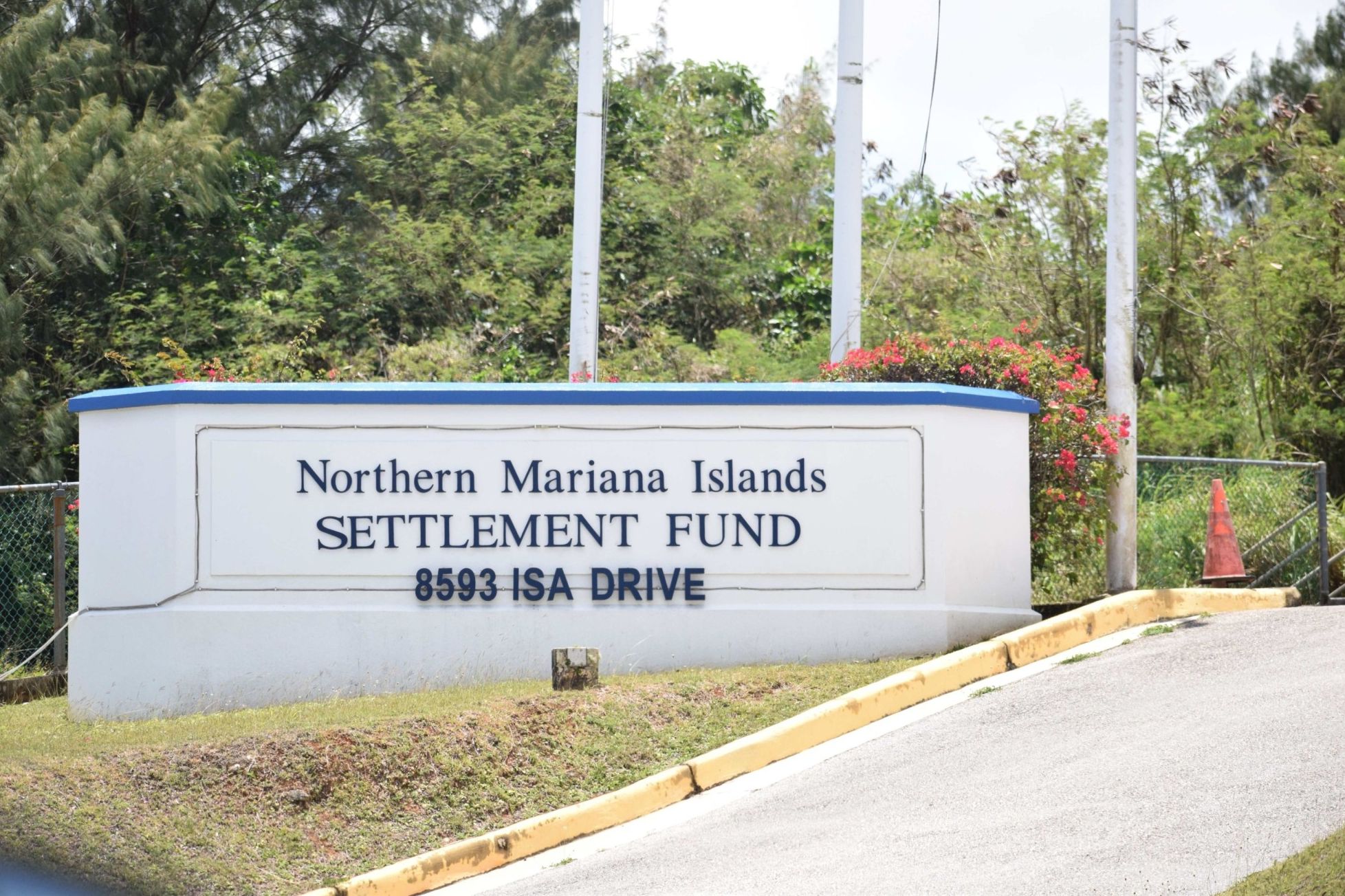
BC Cook
IF you ask scuba divers where the best wreck diving in the world is they often answer Chuuk lagoon.
Chuuk has all the things going for it that other islands do when it comes to scuba diving: coral reefs, a great variety of fish and aquatic plants, warm waters. But it also has something most islands do not. At the bottom of Chuuk lagoon lie the remains of over forty ships and dozens of aircraft. Nowhere else in the world can you find such a large concentration of sunken ships and other man-made wreckage. What is it doing there? Let’s take a trip back to 1944.
Chuuk was a major naval and air base for the Japanese. Its excellent harbor within the safe confines of the huge outer reef, coupled with plenty of land area on which to build airbases, guaranteed that Chuuk lagoon would see plenty of action. The Japanese stationed their powerful fleet there because it was an ideal spot to respond to allied attacks. As the Americans prepared to push the war into the Marshall Islands, they knew they had to deal with Chuuk. The air and naval forces there made any activity in the central Pacific hazardous.
Operation Hailstone, February 1944: American aircraft carriers attacked Chuuk, catching several dozen Japanese ships at anchor. Over two days the Americans pounded the ships and airfields, raining death and destruction on a scale not seen since Pearl Harbor. Only a few Japanese warships were in harbor at the time, so cargo ships got most of the attention, but by the time it ended the Japanese had lost six cruisers, four destroyers, five smaller warships, thirty-two merchant ships, 270 aircraft, and thousands of lives. The raid was a disaster for the Japanese and it rendered Chuuk unusable for the rest of the war.
Remaining Japanese forces there were bypassed as American forces pushed into the Marianas in the summer of 1944. Tens of thousands of Japanese soldiers and sailors, cut off from supplies, turned on the Chuukese people, forcing them to provide food, shelter, and other services. It was a difficult time for the Chuukese, which left deep anger and resentment toward the Japanese that lasts to this day.
Meanwhile, the ships and other wreckage gathered on the bottom of Chuuk lagoon, giving birth to new life. Fish found homes among the sunken ships, coral began to sprout, and life came to this place of death. After several years the scuba divers came. Many Chuukese who saw the battle remembered where the ships had gone down and led the divers to them. A tourist industry was born.
Today scuba divers know that Chuuk is the king of dive destinations. Elsewhere in the world a diver can see one or two shipwrecks on a trip. In Chuuk, by paying for one airline ticket and staying at one hotel, a diver can easily see ten or twenty different wrecks in the span of a week. Nothing else comes close. But if you are thinking about diving Chuuk lagoon you had better hurry. The wrecks are fairly shallow so they are decaying rapidly. In a few generations there may be nothing left of the magnificent display we now enjoy.
BC Cook, PhD lived on Saipan and has taught history for over 30 years. He is a director and historian at Sealark Exploration (sealarkexploration.org).











